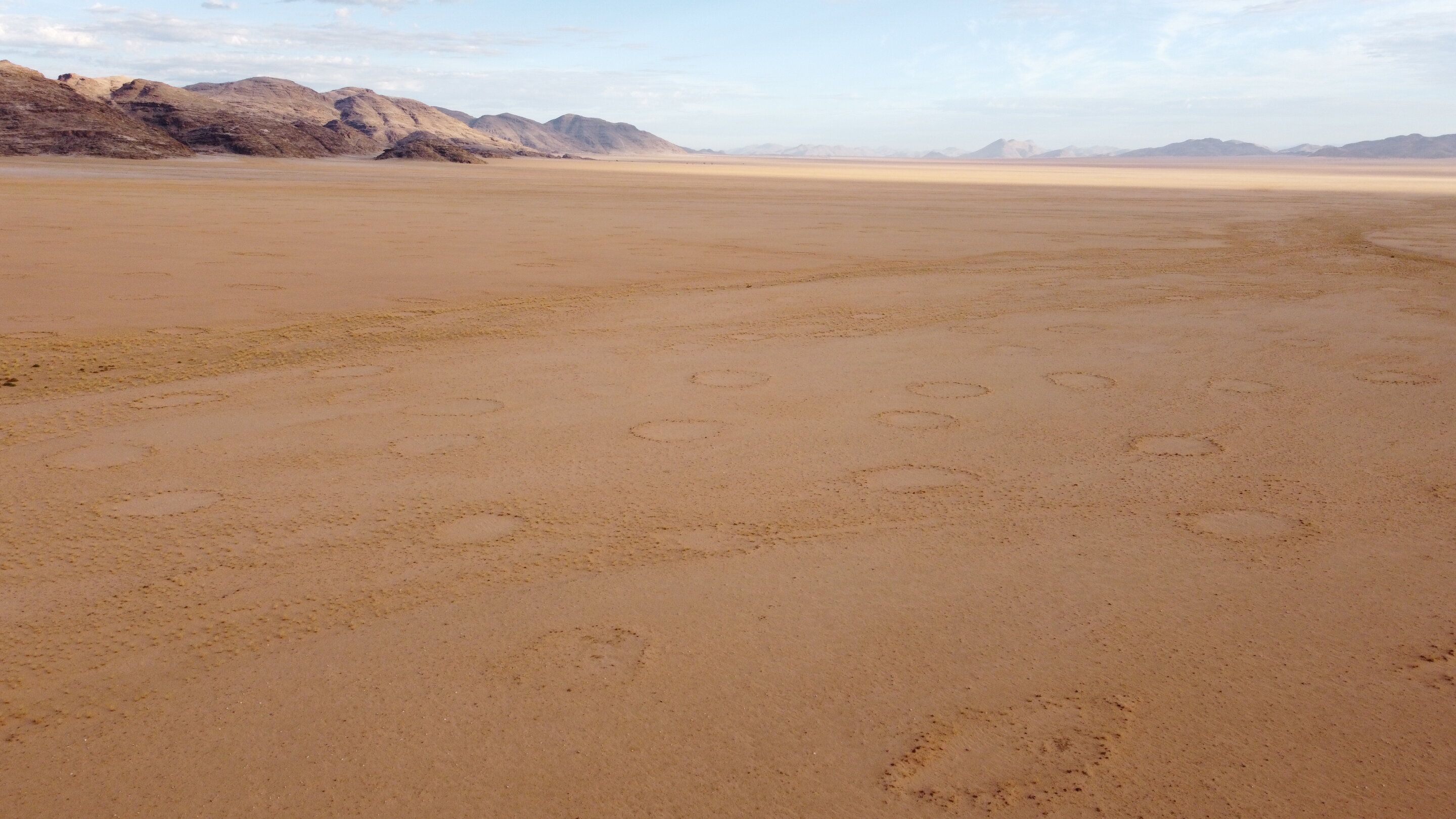- cross-posted to:
- earthscience@mander.xyz
- cross-posted to:
- earthscience@mander.xyz
With the help of artificial intelligence-based models, the scientists classified satellite images and obtained 263 sites where patterns similar to the fairy circles described to date, those of Namibia and Western Australia, including the Sahel, Western Sahara, the Horn of Africa, Madagascar, Southwest Asia or Central Australia, can be observed.
“Our study provides evidence that fairy circles are far more common than previously thought, which has allowed us, for the first time, to globally understand the factors affecting their distribution,” highlights Manuel Delgado Baquerizo, leader of the IRNAS-CSIC BioFunLab and co-author of this study.
The researchers found that the combination of certain soil and climate characteristics, such as low nitrogen content and an average rainfall of less than 200 mm/year, were associated with the presence of fairy circles.


